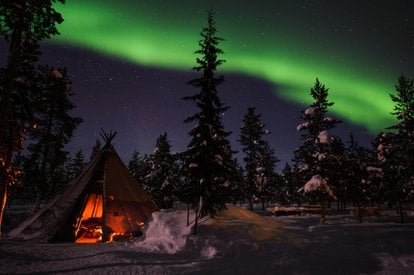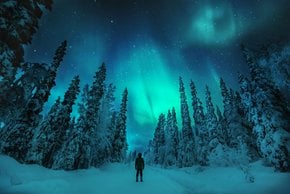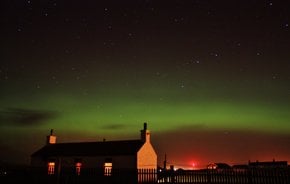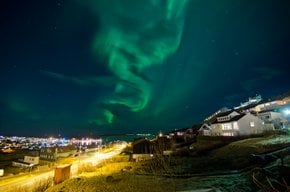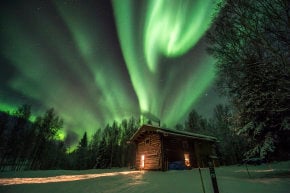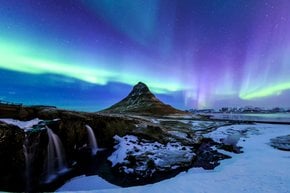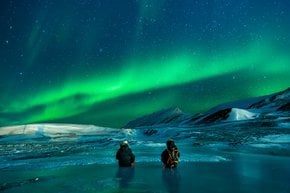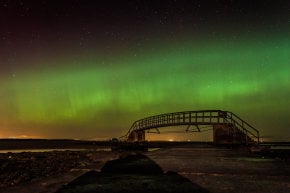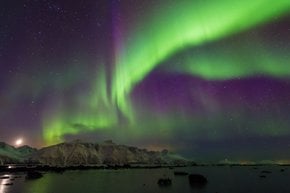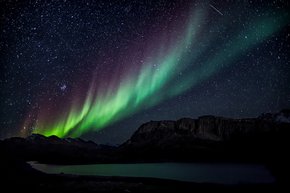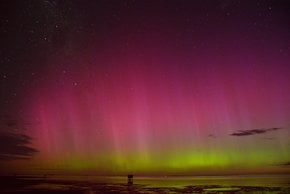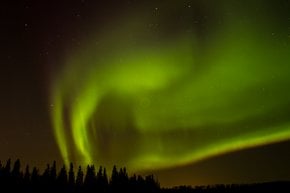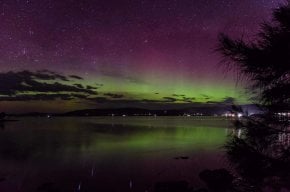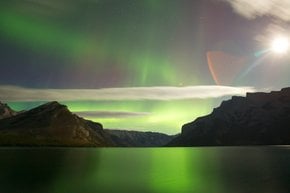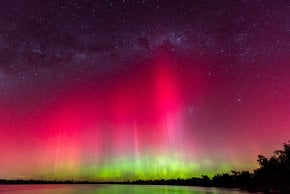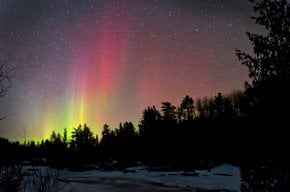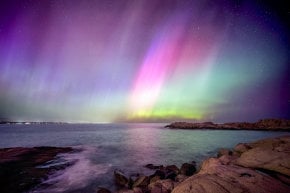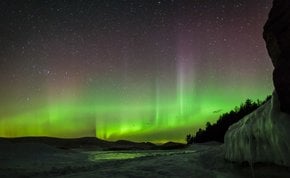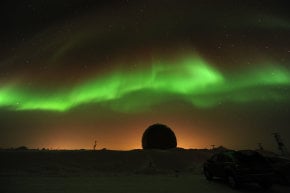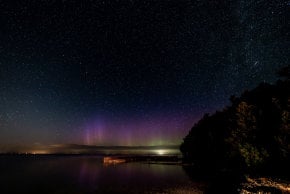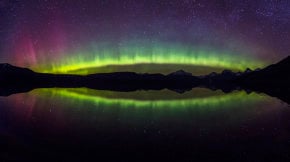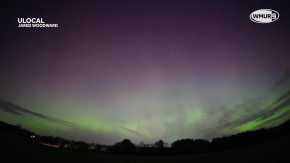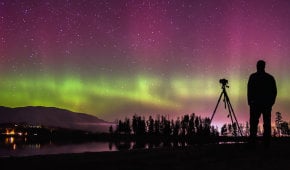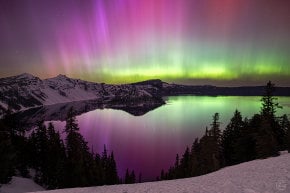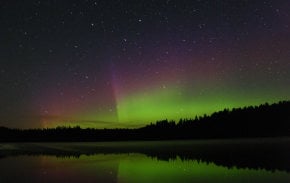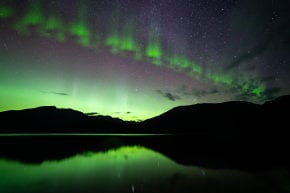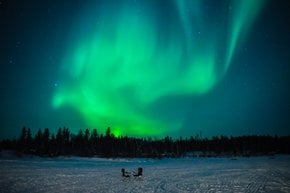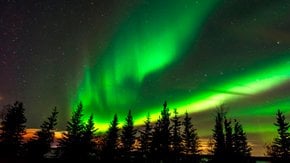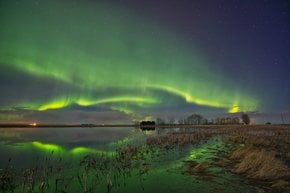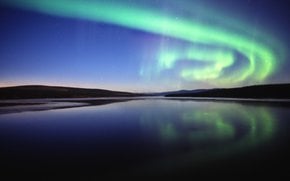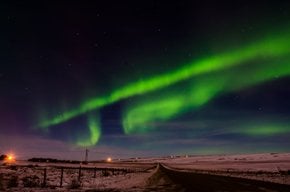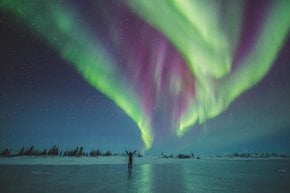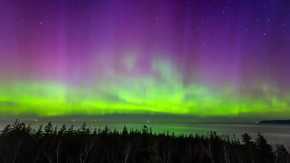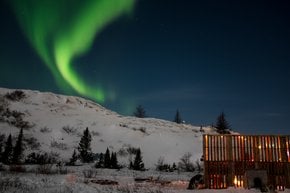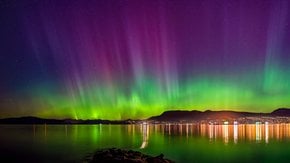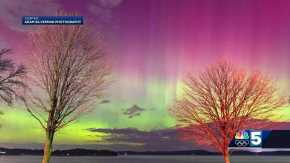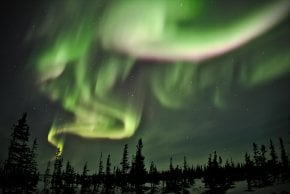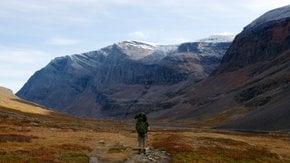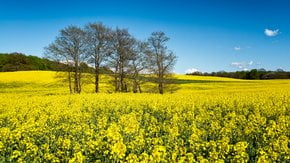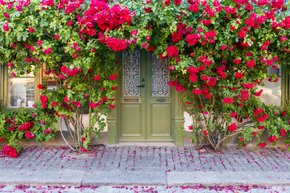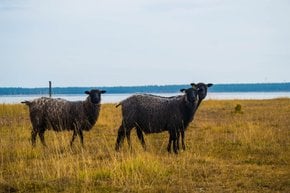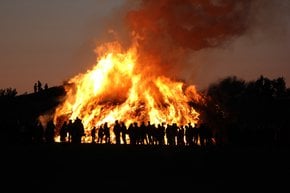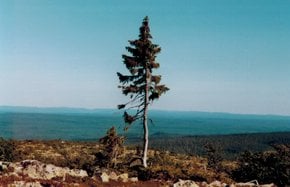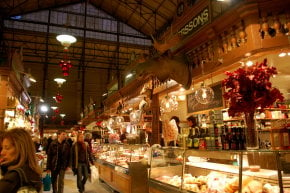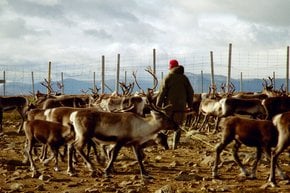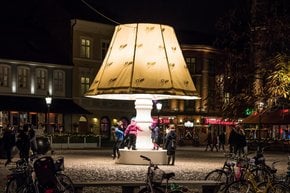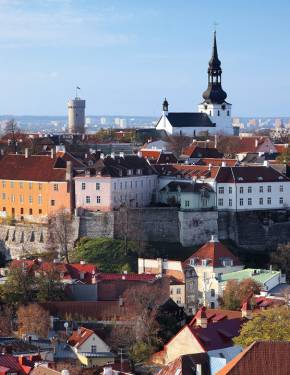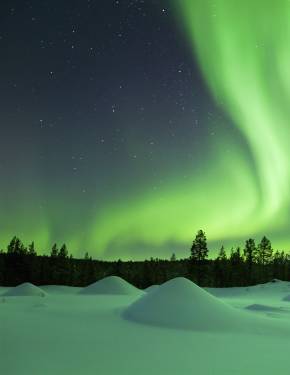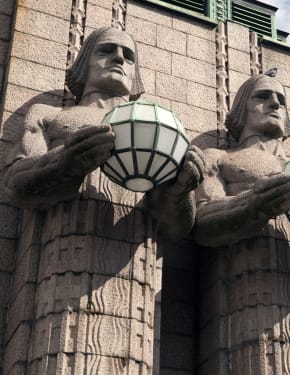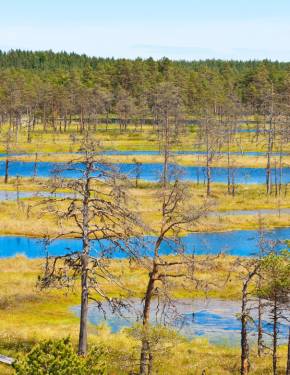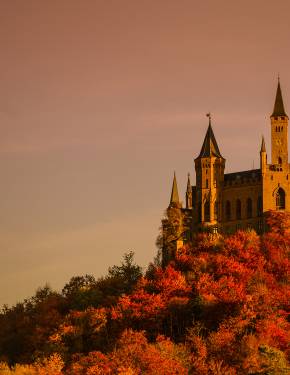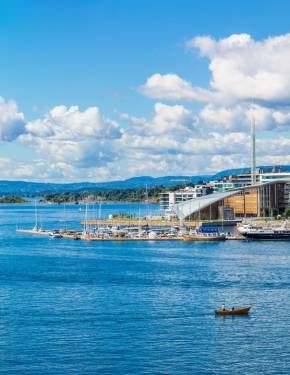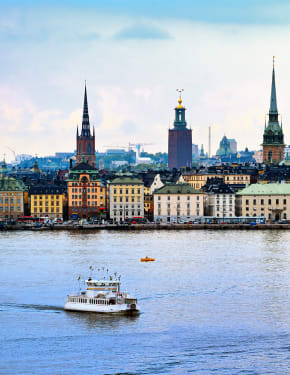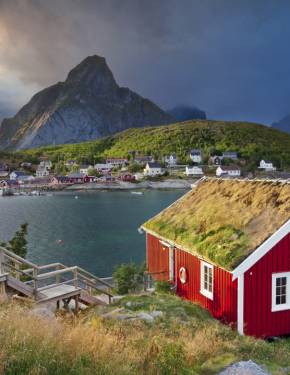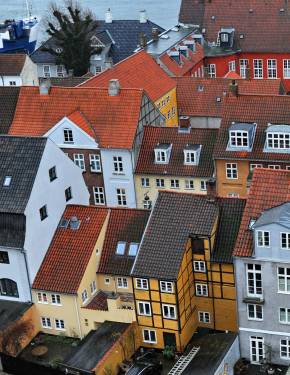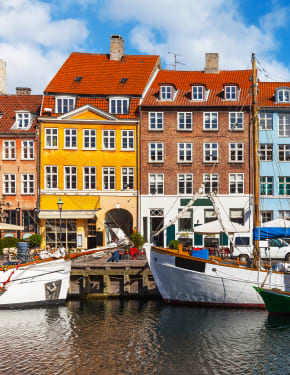Northern Lights in Sweden 2025-2026
Polar lights is a natural phenomenon that creates magical sights and emotions for anyone around
Best time: September–March
The Northern Lights, or Aurora Borealis, offer a mesmerizing display of colors that paint the sky in vivid hues of green, purple, and pink. This natural phenomenon is a must-see for many travelers, and Sweden is one of the best places to witness it. From September to March, the northern regions of Sweden become a prime destination for those eager to experience this captivating spectacle.
Best Time and Forecast
The Northern Lights are typically visible in Sweden from early September to late March, with the most vibrant displays occurring between 10 pm and 11 pm. However, they can be seen as early as 6 pm and as late as 2 am, depending on the conditions. For the latest aurora forecasts, visitors can check reliable sources such as the Space Weather Prediction Center or the Geophysical Institute at the University of Alaska Fairbanks.
Prime Locations for Viewing
Kiruna
As Sweden’s northernmost city, Kiruna serves as a gateway to the Arctic and is a popular base for Northern Lights tours. The city, with a population of approximately 22,000, is accessible by a scenic 12-hour train ride or a 90-minute flight from Stockholm. Visitors can explore the region by car, snowmobile, skis, or even dogsled, with numerous tour operators offering guided experiences to view the auroras.
Jukkasjärvi
Just a 20-minute drive from Kiruna, the village of Jukkasjärvi is famous for its Icehotel. This unique attraction, rebuilt annually from ice and snow, offers Northern Lights safaris, including snowmobile excursions and photography tours. The village's serene environment and local culture make it a perfect spot for an authentic Swedish Lapland experience.
Abisko: Aurora Sky Station
Known for its clear skies and minimal light pollution, Abisko National Park is one of the top spots to see the Northern Lights. Located about 100 kilometers west of Kiruna, the park features the Aurora Sky Station, where visitors can take a chairlift to an observation tower. This site offers an exceptional view of the lights, surrounded by the park's stunning natural beauty.
Porjus
Situated 60 kilometers north of the Arctic Circle, Porjus is a small village with about 400 inhabitants. It lies within the UNESCO World Heritage Site of Laponia, offering a tranquil setting away from city lights. Visitors can rent cabins or experience traditional Sámi culture by staying in a 'lavvu' tent at the Sápmi Nature Camp, providing a unique backdrop for viewing the auroras.
Luleå Archipelago
For a unique coastal experience, the Luleå Archipelago offers a stunning backdrop for the Northern Lights. The archipelago comprises over 1,300 islands, providing numerous secluded spots for viewing the aurora. Visitors can participate in guided tours or enjoy the lights from ice-breaking cruises. Luleå is easily accessible by train or flight from Stockholm.
Jokkmokk
Jokkmokk, located just north of the Arctic Circle, is a vibrant town known for its Sami culture and traditions. During the winter months, the town hosts the Jokkmokk Winter Market, offering a chance to experience local crafts, food, and music. The surrounding wilderness provides excellent opportunities for viewing the Northern Lights, with tours available for those seeking a guided experience.
Harads
Harads is a small village located about 100 kilometers south of the Arctic Circle, known for its innovative tree hotel, where guests can stay in uniquely designed tree rooms. The surrounding forest provides a serene setting for watching the Northern Lights. In addition to aurora viewing, visitors can enjoy activities like ice fishing, snowshoeing, and exploring local Sami culture. Harads can be reached by car or bus from Luleå or Boden.
Northern Lights in Gothenburg
Gothenburg, located quite far south, is not the first place that comes to mind for viewing the Northern Lights. Seeing the aurora borealis there is rare. However, during periods of particularly intense solar activity, it is possible to catch a glimpse of this stunning phenomenon from the city without traveling far north. For the best chance to see the lights, head to areas with minimal light pollution, such as the city's parks or the archipelago, where the darker skies enhance visibility. Although sightings are rare compared to northern Sweden, experiencing the Northern Lights in Gothenburg is a unique and memorable event.
Prices
Viewing the Northern Lights in Sweden typically doesn't require an entrance fee, but tours can enhance the experience. Lights of Vikings offers a variety of tours from Kiruna, providing opportunities to witness the stunning Aurora Borealis. Options include the Kiruna Aurora Pass, a three-night tour for 3800 SEK, offering hot drinks, snacks, and complimentary photos. For shorter adventures, consider the 6-hour tour from Kiruna to Abisko, including dinner, for 2150 SEK, or the 4-hour Kiruna Northern Lights Tour with a photographer guide for 1900 SEK. For daytime activities, the 4-hour morning hike in Abisko is available for 690 SEK. Prices for guided snowmobile tours generally range from $150-$200 per person.
Infrastructure and Accessibility
Most Northern Lights viewing locations in Sweden offer a range of accommodations, from hotels to cabins. Kiruna and Luleå have well-developed infrastructures with restaurants, shops, and transportation options. Abisko and Porjus provide more remote experiences, emphasizing natural beauty and tranquility.
Tips for Viewing the Northern Lights
When planning your Northern Lights adventure in Sweden, it's essential to dress warmly, as temperatures in the north can drop significantly during the winter. Wear layers, including thermal clothing, hats, gloves, and sturdy boots, to stay comfortable while enjoying the outdoors. To capture the mesmerizing auroras, use a tripod for stable shots and set your camera to a high ISO with a long exposure. Popular selfie spots include the iconic Icehotel in Jukkasjärvi and the observation tower at the Aurora Sky Station, where you can get memorable photos with the lights. Enhance your experience by combining your aurora watching with other exciting activities such as dog sledding, snowshoeing, or exploring the rich Sami culture.
Historical Significance and Cultural Myths
The Northern Lights, or Aurora Borealis, have captivated human imagination for centuries, playing a significant role in the history and mythology of many cultures. In Norse mythology, the lights were believed to be reflections from the armor of the Valkyries, warrior maidens who led fallen soldiers to the afterlife. Indigenous Sámi people of Scandinavia regard the auroras with reverence, considering them as spirits of the ancestors communicating with the living. In Finnish folklore, they are called "revontulet," or "fox fires," stemming from the tale of a magical fox whose sweeping tail sparks the lights as it dashes across the snow. Historically, the Northern Lights have been both feared and revered, inspiring awe and curiosity about their mysterious origins, while today they continue to fascinate scientists and travelers alike with their ethereal beauty and scientific intrigue.

